Heart disease is the leading cause of death for both men and women. With heart attack being one of the most common causes of death, it’s important to know about heart attack symptoms and how you can prevent a heart attack. Here are some tips to help you lower your risk of a heart attack.
Eat a healthy diet:
Eating a well-balanced diet is important for the health of your heart. Eating foods high in fiber and protein, such as oatmeal, can help lower cholesterol and reduce the risk of developing heart disease.
Lose weight: Obesity greatly increases the chances of developing heart disease. Maintaining a healthy weight is not only good for your physical health but also will decrease the risks of many other diseases as well.
Exercise:
Exercising regularly is an important step in preventing heart disease. It’s also the absolute best way to get your body healthy after suffering a heart attack. Moderate exercise, such as a brisk walk, is better than no exercise at all. You can read our article about some easy and effective exercises to get a healthy body.
Quit smoking:
Smoking greatly increases the risk of developing heart disease and numerous other health problems. To lower your risk of a heart attack, quit smoking and avoid secondhand smoke as well.
Stay out of debt:
Consuming too much debt stresses your heart, causing it to weaken. This can lead to a heart attack in the future. To prevent this, stay out of debt and avoid taking on more than you can handle.
Take medication as directed: Taking medications as prescribed is the best way to prevent a life-threatening heart attack. If you are unsure about how much medication to take, consult with a doctor or pharmacist.
Stress:
If you have high blood pressure for a long period but don’t manage it, hypertensive heart disease may develop. The added strain on your heart could lead to heart failure or other health problems.
How to avoid a heart attack?
Many people today are at risk of heart attacks, and a lot of them are not even aware of it. A heart attack can come out of nowhere and have devastating consequences, which is why it’s so important that you’re able to identify the early warning signs.
Since heart attacks can often be fatal, you must know how to avoid them in the first place.
First of all, recognize the heart attack symptoms. The two main warning signs of a heart attack include chest pain and pressure and nausea. So how do you know if you have it? Well, obviously if you experience pain in your chest that persists for more than 10 minutes, it might be a sign that there is something wrong. The pain may also be sharp and throbbing, making it hard for you to breathe. On top of this, you may also have difficulties swallowing and seeing clearly. If you experience these two symptoms as well, we would immediately seek medical attention or call an ambulance.
Another important warning sign is that a person might feel short of breath. When you are short of breath, it’s a clear indication that your heart has stopped pumping blood around your body and is struggling to deliver the needed nutrients to vital organs.
In addition to this, having an irregular heart rate is also a good indication that you are at risk of heart attacks. People with irregular heartbeats often tend to faint and lose consciousness. Alternatively, their hearts may beat very slowly or very quickly. This is usually a tell-tale sign that your heart is not working properly and you need to seek immediate medical help.
How to stop a heart attack?
If you think your heart is stopping, or you know somebody else’s heart is stopping, put the person in a sitting position, and lie them down if necessary. Call for help and tell them to call 911.
Next, take the person’s arm that their palm faces outwards and put it over your knee, and push their chest gently down so their head tilts back and lift on their elbow for about 30 seconds. In any case of fainting or near fainting the blood supply to the brain is cut off. Pushing the chest down and lifting the elbow will restore blood flow to the brain and normal breathing will resume.
The heart muscle is not like other muscles in that if you give it 30 seconds of rest it will recover without any permanent damage. It is best to have someone call 911 as soon as possible afterwards. The longer you wait after a heart attack, the higher your chances of dying. Check to see if the person has a pulse. If there is one, that means they are still alive and you should not move them at all. Wait for help to arrive, do not try to drive them to the hospital yourself.
- In cases of drowning use mouth-to-mouth resuscitation.
- In cases of electrocution use the 30-second push followed by CPR.
- The 30-second push is for heart attacks, stroke, and blackouts you will need to do chest compressions and rescue breathing.
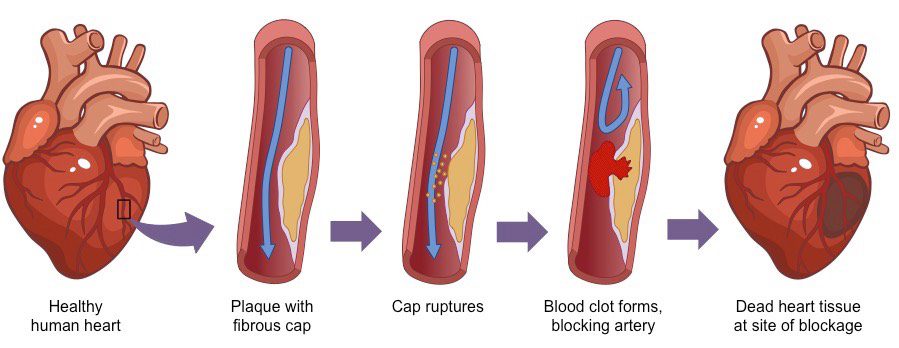
How do you know if you are having a heart attack?
Heart attack symptoms
The main signs that a heart attack is characterized by
● Chest discomfort or pain. Most heart attacks are characterized by discomfort in the center and left chest. This lasts more than a few minutes, or disappears and then comes back. The pain can be felt as uneasy pressure, squeezing, discomfort, or fullness.
● Feeling weak, lightheaded, and weak. You may also be able to break out in a cold sweat.
● The pain or discomfort can be felt in the neck, jaw, or back.
● Ailment or discomfort that affects either or both arms or shoulders.
● Breathlessness. This often comes together with chest discomfort However, breath shortness can also be a sign of chest pain.
Other signs associated with a heart attack might include sudden or unexpected nausea or vomiting, as well as tiredness. Women are more likely to experience these heart attack symptoms in addition to others.
How does a heart attack feel like
Most heart attacks are characterized by discomfort in the middle or left chest that lasts longer than a couple of minutes or that disappears and then comes back. The pain can be felt as uneasy pressure, squeezing in the chest, fullness, or the sensation of pain. Feeling weak and lightheaded or faint. You may even break out in a sweat.

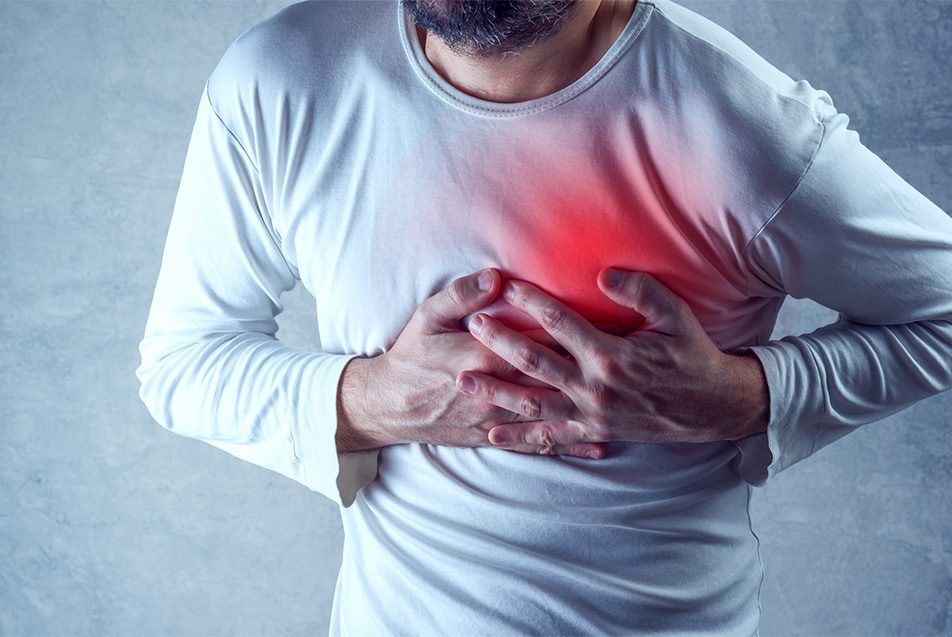
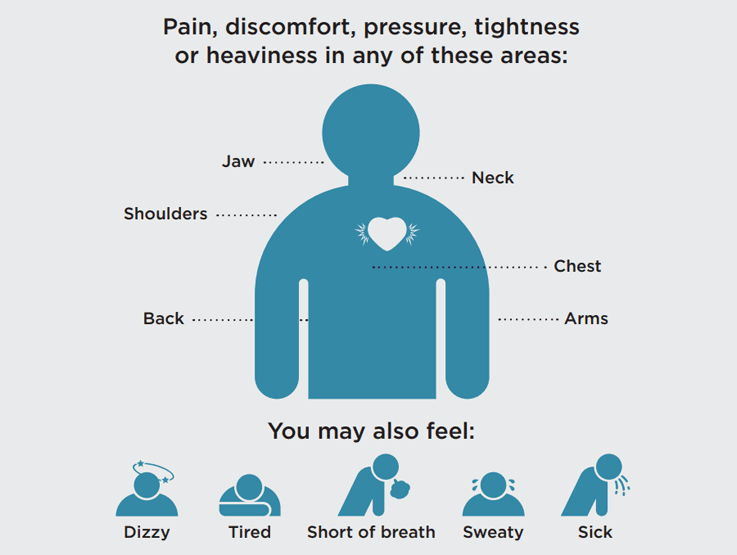
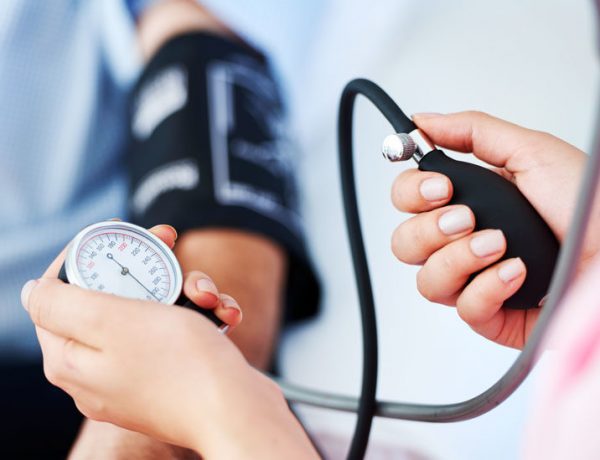
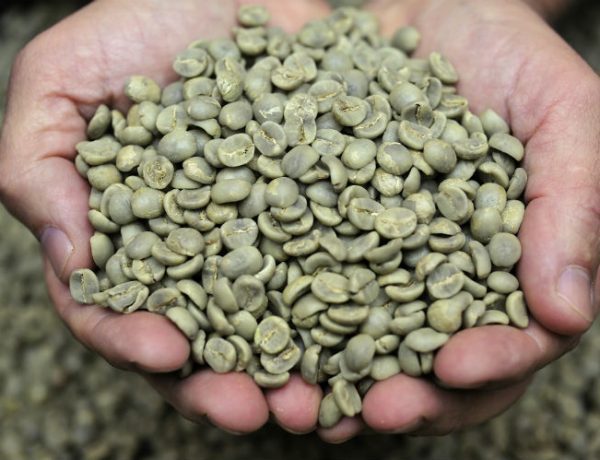
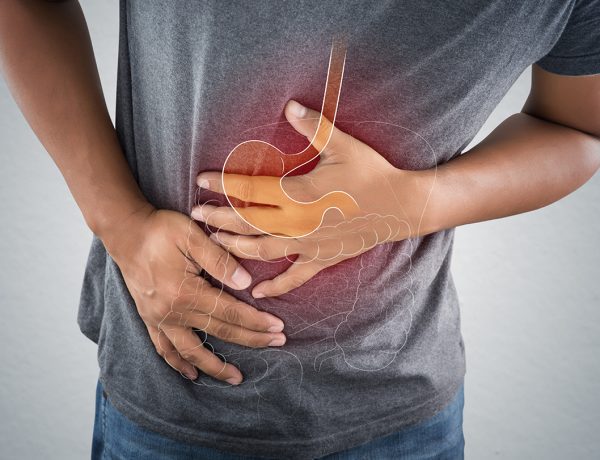

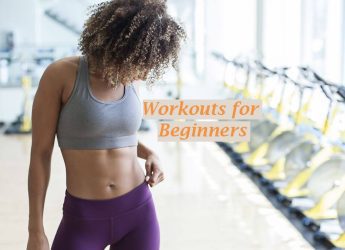
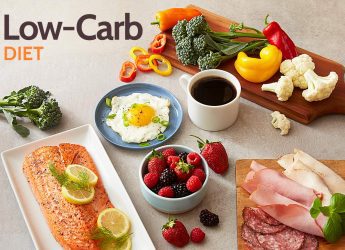
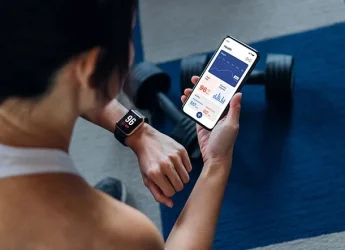
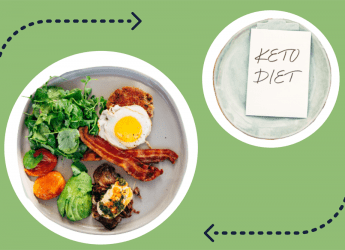
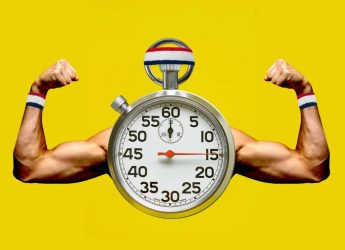

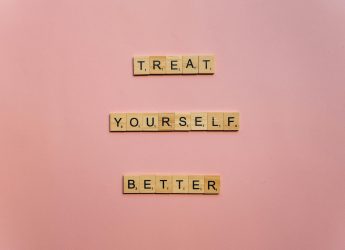

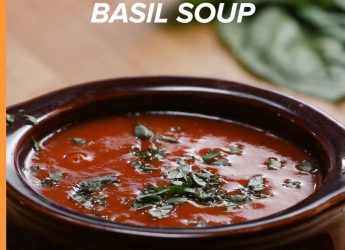

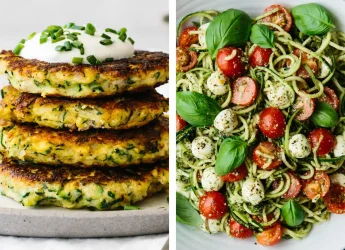

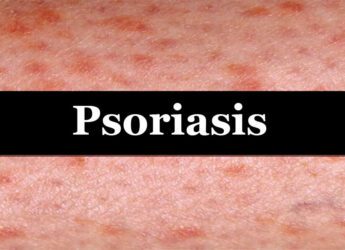





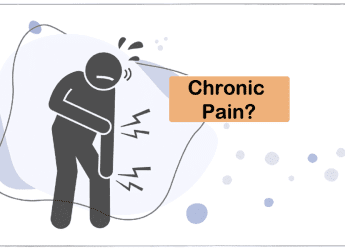

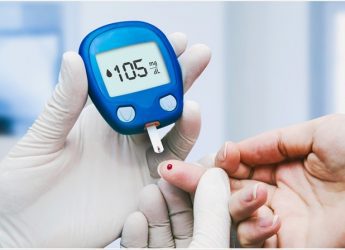
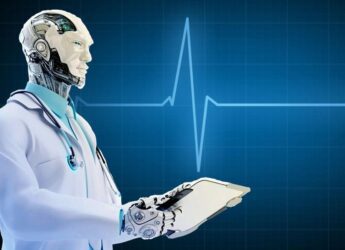
No Comments